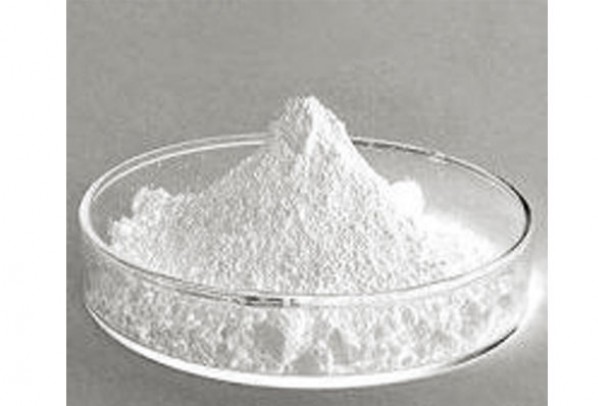
 +86 0536-3153858 / +86 18353652888
+86 0536-3153858 / +86 18353652888
Hyaluronic acid (abbreviated as HA), also called as hyaluronic acid or hyaluronic acid, is a kind of Macromolecular polysaccharide composed of N-acetylaspautate glucose and glucuronic acid as disaccharide repetitive unit, and widely exists in various histocyte mesenchymes of organism. In 1934, American Meyer, etc. separated the Hyaluronic acid from bovine vitreous body. The early Hyaluronic acid was mainly extracted from Human umbilical cord and cockscomb, and now it is extracted from microorganism through fermentation.
[Product name] Sodium hyaluronate and food grade
[Property] White or off-white color particle or powder; Odourless, with hygroscopicity. This product is soluble in water, but not soluble in ethyl alcohol, acetone or diethyl ether.
[Glucose aldehyde acid contents] ≥44.0%
[Molecular weight] ≥1.20×106
[pH value] 6.0-8.0
[Transparency] light transmittance ≥99.0%
[Loss on drying] ≤8.0%
[Heavy metal] ≤20ppm
[Arsenic] ≤2 ppm
[Ignition residue] ≤13.0%
[The total molds and yeasts] <100 pcs/g
[Staphylococcus aureus] Not detectable
[Pseudomonas aeruginosa] Not detectable
[Reference dosage] Added as per actual requisite amount of production process of your party. Adding scope: 0.1-5%.
[Package] Medicinal plastic bottles or medicinal packing bags (packaging as per clients' requirements).
[Storage] Keep out of the sun, airtight, at 2-8℃
[Shelf life] two years
Brief introduction to sodium hyaluronate:
Hyaluronic acid (abbreviated as HA), also called as hyaluronic acid or hyaluronic acid, is a kind of Macromolecular polysaccharide composed of N-acetylaspautate glucose and glucuronic acid as disaccharide repetitive unit, and widely exists in various histocyte mesenchymes of organism. In 1934, American Meyer, etc. separated the Hyaluronic acid from bovine vitreous body. The early Hyaluronic acid was mainly extracted from Human umbilical cord and cockscomb, and now it is extracted from microorganism through fermentation. Commodity hyaluronic acid is in sodium salt form in general.
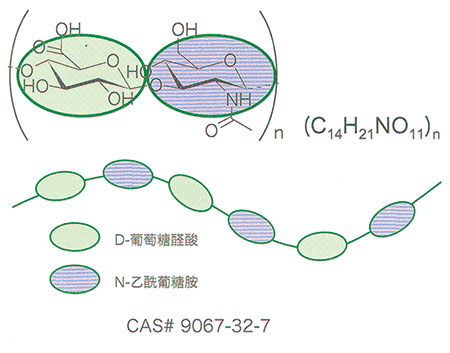
The sodium hyaluronate is a kind of Polysaccharide compounds contained in human body and is compatible compared with other high-molecular compounds.
Sodium hyaluronate is high in viscoelasticity and is widely applied in Tissue Engineering.
Sodium hyaluronate shows the thermolability, and its viscosity and molecular weight are easily influenced by PH change. Hence, sodium hyaluronate must be kept for a long time at low temperature (such as <8℃) and under the neutral condition.
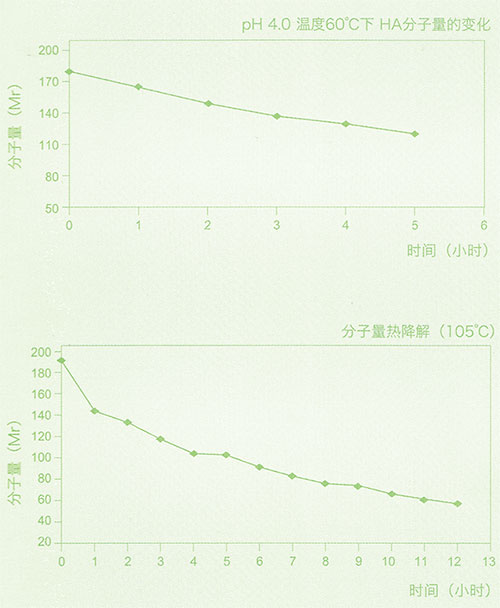
Sources of sodium hyaluronate:
t adopts the vertebrate connective tissues such as vitreous body of pig and bull's eyes, cockscomb and Human umbilical as raw materials, and the crude products of hyaluronic acid are extracted through water extraction and ethanol precipitation. The high-purity hyaluronic acid is obtained through DEAE-Cellulose purification. Now, it is mainly produced through biological fermentation.
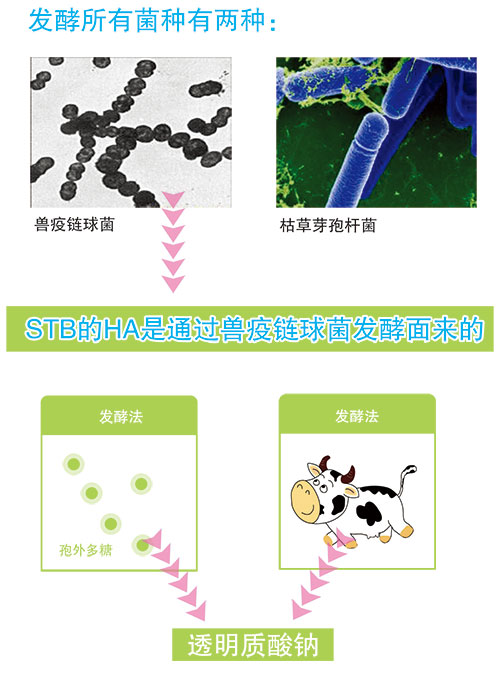
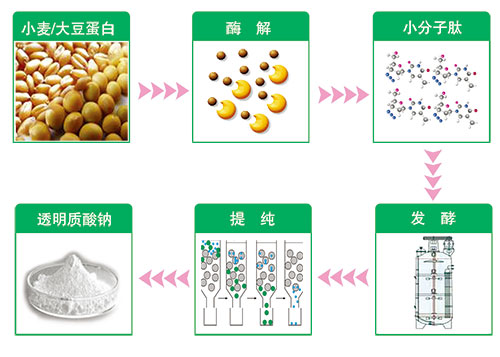
Quality specification of sodium hyaluronate
The different production processes are adopted to produce the products at different levels as per different applications of sodium hyaluronate, namely food grade, cosmetics grade and meidical grade
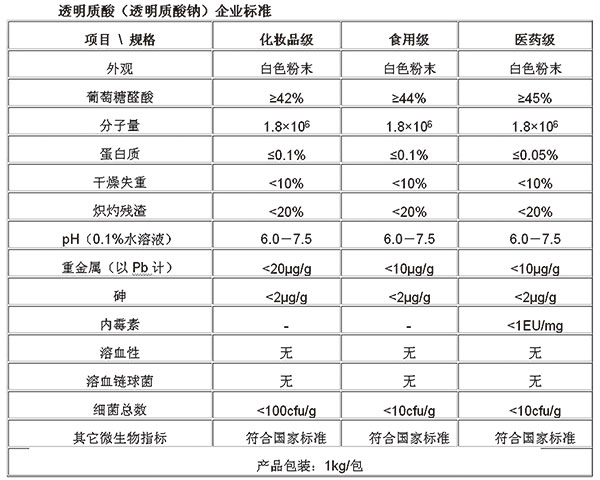
Production process of hyaluronic acid
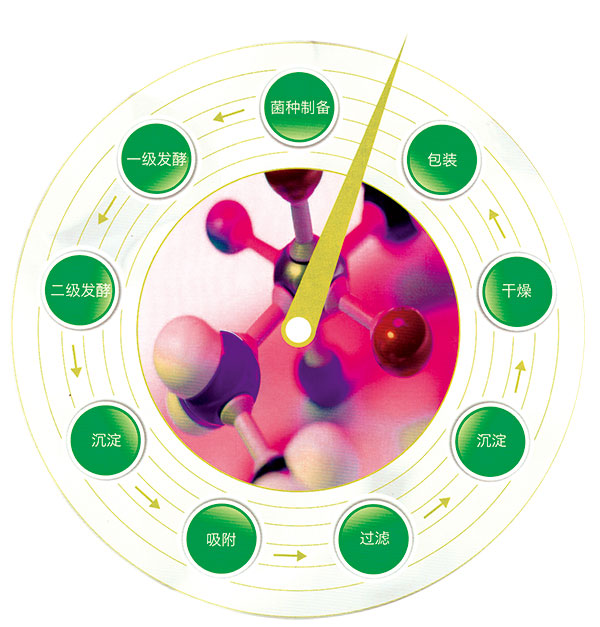
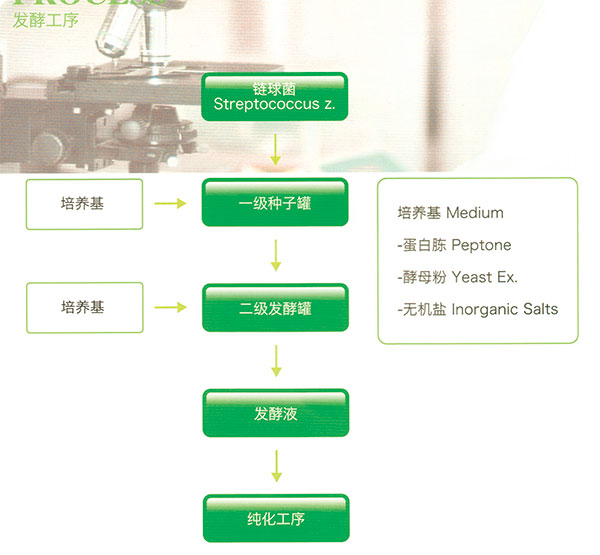
Copyright © Shandong Kangnaxin Biotechnology Co., Ltd.